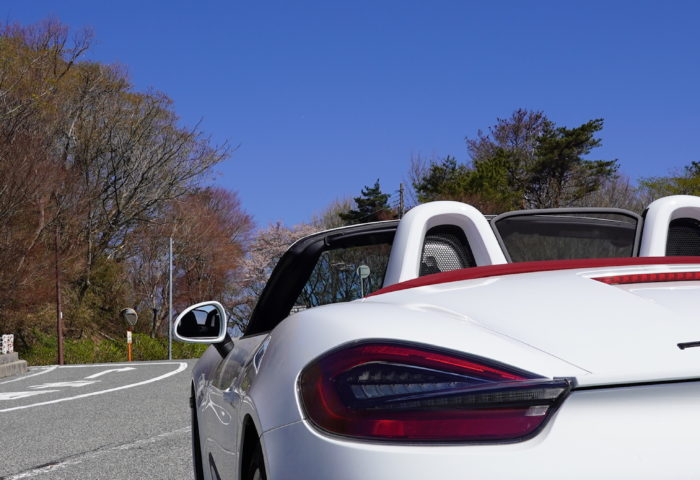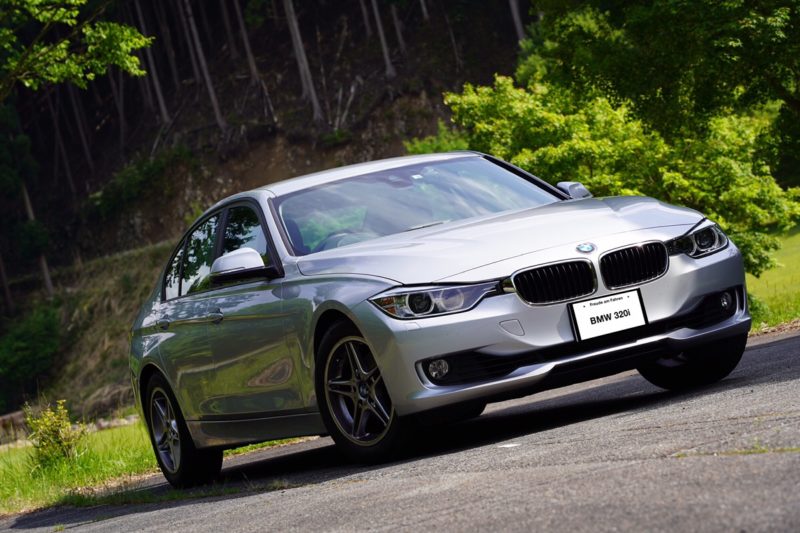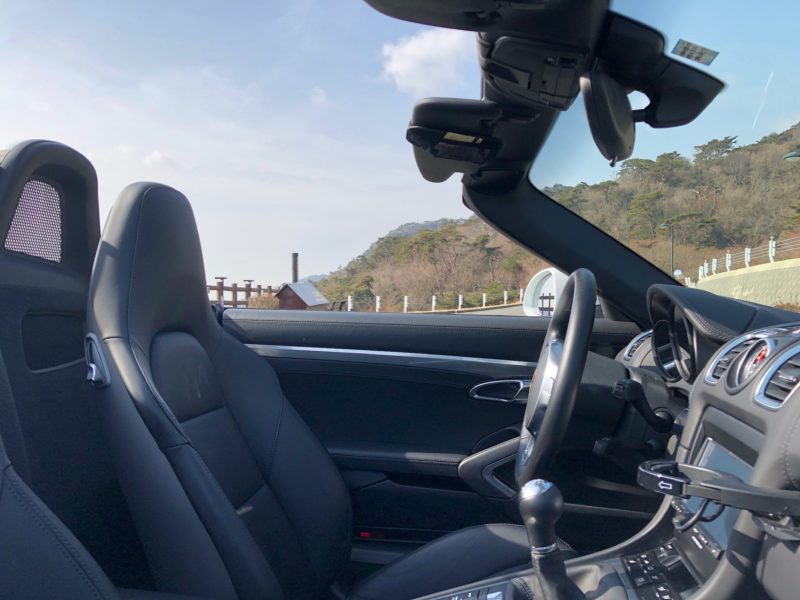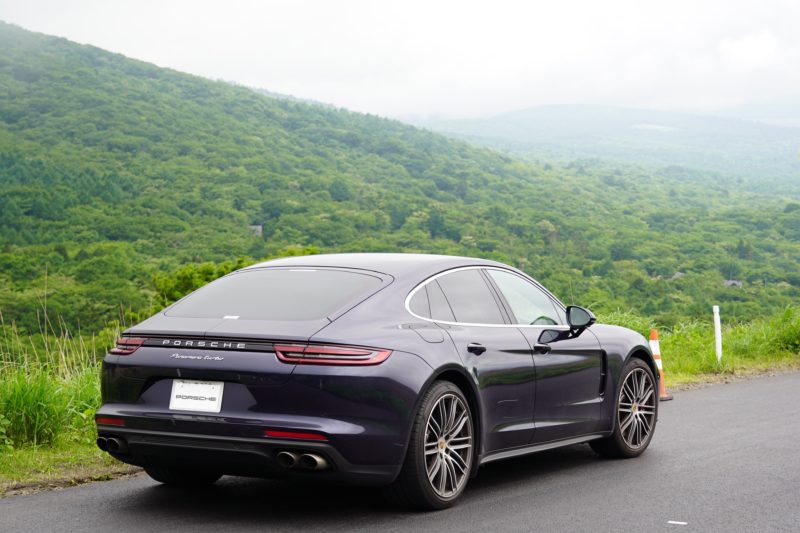The Deep Art of Driving a Manual – Becoming Mindful of Engine RPMs
公開日:2019.09.26

Matching Engine RPMs in a Manual
The other day, while driving my beloved BMW 320i (manual), I suddenly thought:
Even though I’m gently engaging the clutch and smoothly working the accelerator, why are there times when I feel shift shock and times when I don’t…?
And after driving for a while, I realized something.
That’s it! It’s all about whether the engine speeds match or not!!
…No, no, no, that’s basic stuff, right? (-_-) I’ve actually written about “matching engine RPMs” before on this blog, but lately, I’ve been so focused on “accelerator work and clutch operation” that I completely forgot about matching RPMs (oops).

The BMW 320i I usually drive is a base model and not sporty at all, so when driving normally, you can barely hear the engine, making it feel like a pure comfort car. Because of that, I tend to pull the engine a bit to listen to the sound while driving, but depending on timing, that can naturally cause shift shock.
So, by carefully listening to the engine and shifting when the RPMs match, you can drive smoothly. …Of course, this is obvious and not something you need to write about. Now that I think about it, when I was learning to drive at a driving school in a comfort car,
“When shifting from 1st to 2nd, you don’t even need to press the accelerator; you’re revving too much.”
was a common warning. I feel the same applies to the 320i.
Driving the Porsche Boxster (MT)
Then, the other day, I drove the Boxster again after a while, and at first, when I tried to shift from 1st to 2nd with the same accelerator feel as the 320i, I got a harsh shift shock. My husband pointed out,
“You need to press the accelerator more. The RPMs aren’t nearly high enough.”
Ah, right… You can’t drive the Boxster the same way as the 320i (-_-).
Because of differences in power, torque, weight, and so on, you have to adjust your driving technique. This is another obvious fact, but when I was driving AT cars, I never thought about these things. Lately, I find myself marveling at how deep and complex cars really are.

Also, the Boxster’s shift-up indicator (a light that tells you when to shift up for better fuel economy) signals quite early.
When I said, “Wait, you want me to shift into 5th already?”
“Yeah. It tells you pretty early. Following it means you’ll drive with good fuel efficiency.”
I see…
Speaking of the Panamera Turbo, when driving in the city, it quickly shifts into 6th gear and runs at just over 1000 RPM. I could use the paddle shifters to drive manually, but since there seems to be a slight delay in response that feels off, I’ve been sticking with automatic mode lately.
However, when switching to Sport Plus mode, the RPMs rise significantly for a sporty drive, and I once got hooked on driving in Sport Plus so much that my fuel economy tanked!

The Depth of Manual Driving
With an automatic transmission, the car calculates the optimal driving conditions, so the driver doesn’t need to consciously think about it and can drive in an eco-friendly way that’s gentle on the car and environment. That’s the beauty and convenience of AT cars.
On the other hand, with a manual transmission, everything—from how you want to drive to what RPM you want to run at—is left up to the driver, so your driving style changes accordingly. And this varies depending on the car you’re driving. This is probably the true joy of driving a manual.
Wow, it’s so deep.
Lately, I’ve been thinking I want to try driving manual cars from various manufacturers and models.
このブログが気に入ったらフォローしてね!


Comment ( 0 )
Trackbacks are closed.
No comments yet.